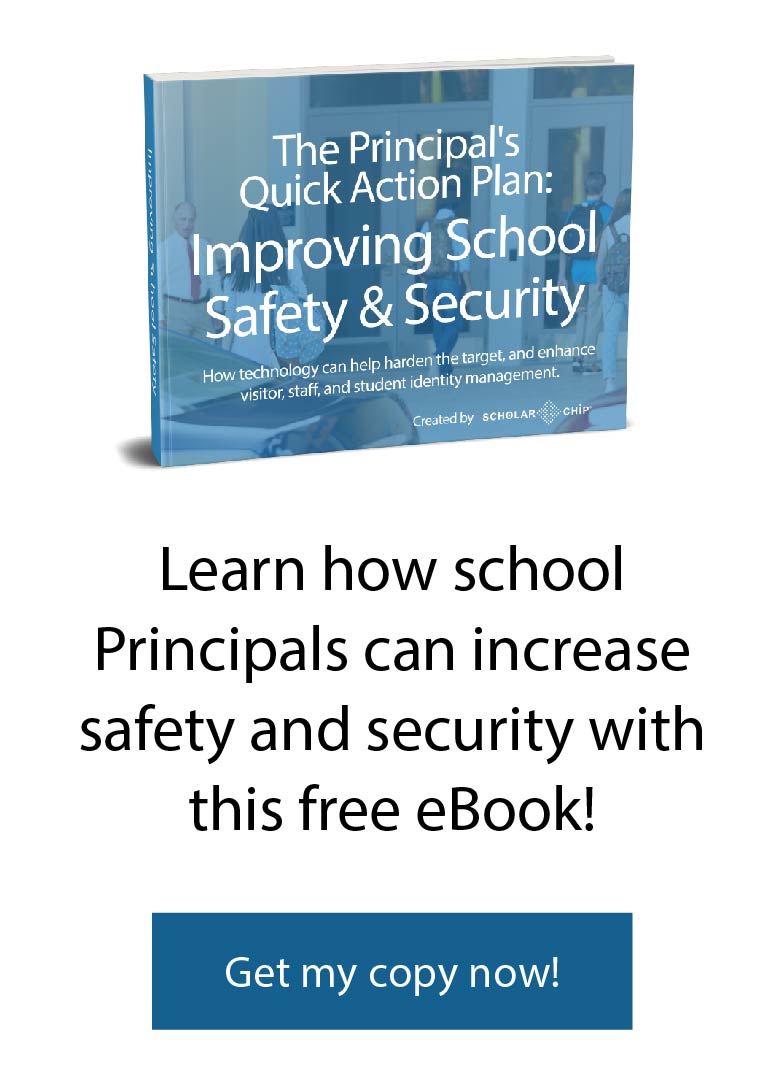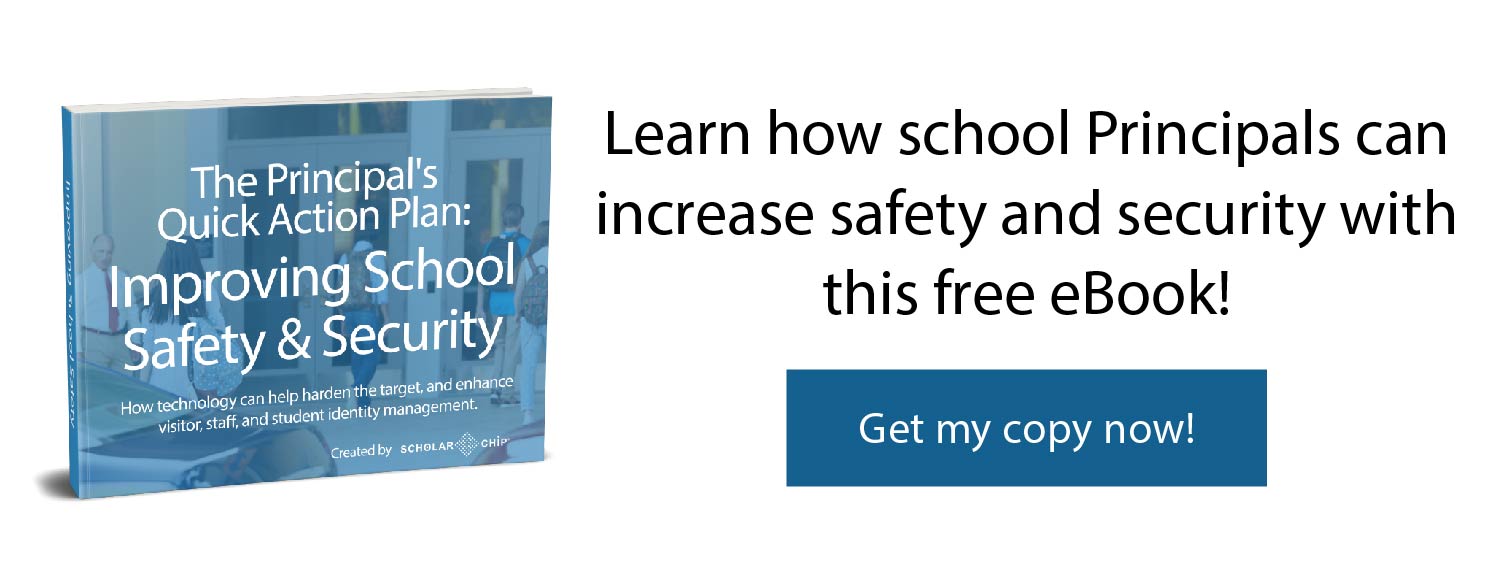The 2015 reauthorization of the Elementary and Secondary Education Act directed attention to the problem of chronic absenteeism by adding attendance reporting requirements beyond average daily attendance numbers. At the same time, the Department of Education began gathering data on chronic absenteeism to determine the extent of the problem. The findings were alarming. In 2016, data revealed that, across the country, more than 6.5 million students, or about 13% were absent three weeks or more during the school year.
Attendance
School administrators have long known the correlation between attendance and academic achievement. Students with high rates of absenteeism in the primary grades fall behind in reading and math, setting them up for struggles as they advance. Truant high school students are at greater risk for dropping out.
Poor attendance affects the individual students who are missing instructions, but high rates of chronic absenteeism also speak to a school’s culture-something that concerns all students. When showing up for the class isn’t a priority, and is not accepted as a given value within a school, the morale of a building is diminished, compromising the sense of belonging and relatedness necessary for safe schools with effective educational programs. Incorporating smart identification card technology into school safety procedures may be a part of the solution in aiding the tracking of student attendance.
Incidents of extreme violence in schools are rare, yet the horrific nature of attacks on what should be safe environments draw immediate and intense reactions from students, parents, the public, politicians, and the press. Calls for increased gun control, armed teachers and School Resource Officers follow each tragedy as the nation debates how to make schools safe. Much of the debate is emotion-driven. The job of school boards and administrators is to sort through the data, conduct threat assessments and develop policies to keep schools secure without turning district buildings into prison-like fortresses, so to speak.
Community members have a stake in the education of a district’s youngest citizens, and schools actively seek community involvement with PTOs, advisory committees, and volunteer opportunities. Schools often serve as community hubs, a place where families join and interact at concerts, theatrical performances, and sporting events. Before the Columbine attack, school buildings were generally open to the public with little restriction.
School Safety
Schools may still maintain open-door policies, but they do not literally leave the doors open. Entrances are locked, and anyone with business in a school must pass through secured metal detectors, unfortunately, not all schools are this secure. Districts continue to firm up facilities by upgrading security systems as new technology and funds are made available. The March 2018 NCES Indicators of School Crime and Safety study reports that approximately 95 percent of schools control building access during school hours, most schools use security cameras and monitors. However, at the start of the school day, and again at dismissal, a flood of students make it challenging to manage who enters the building, let alone new visitors entering the campus as well.
The July 2018 Enhancing School Safety Using a Threat Assessment Model, a U.S. Secret Services publication, outlines a comprehensive approach to school security that goes beyond hardening of facilities. The Threat Assessment Model focuses on identifying and dealing with violence-prone individuals and developing school safety procedures that create a safe school climate. A spirit of cooperation, trust, and respect between students, faculty and staff promote positive behaviors, and in this type of environment, students are more likely to share their safety concerns, such as a classmate that has been acting in a threatening manner with adults. A positive school climate encourages positive behaviors, which becomes the school’s culture, behavioral expectations that are reinforced each day as they are accepted by the entire school population. In this environment, hostility, anger, and violence are less likely, and potential threats become obvious, allowing for intervention.
A study on school climate and chronic absence published in the Journal of School Psychology found a direct correlation between negative school climate (as perceived by students) and increased rates of chronic absences. A critical component of a positive school climate is the sense that daily attendance is important, and desirable. The study authors concluded that “…simply targeting youth who are chronically absent, has been the focus with intervention for chronic absences, is not enough. Instead, school-wide climate improvement strategies appear critical for improving the overarching experience of attending school and increasing school attendance.”
An accurate recording of attendance is vital not only for security reasons but the school must also account for each person in the building, state funding depends on this information. While computerized attendance systems have made the task more efficient, keeping track of student attendance still requires teachers to divert attention from their class, while attempting to track down tardy and missing students, and enter the information into their computers. Many school days and class periods begin with a few minutes of disorder as educators handle these clerical tasks. Manually entered information is subject to human error and these attendance systems only record students as they report for class. There is no record of who has entered the building each day.
Smart Card Technology
Smart card technology offers a viable solution. Students and school personnel may check in and out of a building with the tap of an ID card at an attendance kiosk. Expanded levels of card use include tapping into individual classrooms, the school library, locker rooms, or any other area of the building. A secure identity is now established for students, staff, and repeat visitors. Student attendance is recorded in real time, making it possible to know exactly who is in the building. In addition to providing accurate attendance records, this information is helpful to first responders in the event of an emergency. Smart card technology has the ability to give access to specific recurring students and staff. During lockdowns or evacuation situations, teachers can quickly determine if a student that had left the classroom is sheltered in a safe place through a dedicated card reader within the safe shelter.
A visitor management system will stop individuals at the door that are not authorized to be inside the building. Vendors, volunteers, and parents may be checked-in using their driver’s license. A scan of a license will enter identifying information into the system and run a sex offender registry check before issuing a visitor’s badge.
In addition to automated attendance, recordkeeping, blocking potentially dangerous visitors, and locating students during emergencies, this technology contributes to a positive school climate. A Smart ID Card, when paired with large group entry kiosks at the building entrance, can determine that only enrolled students are given access, while all friends, relatives and others must go to the visitor management station. This method can be measured and refined continuously.
The Bottom Line
Fostering a positive school climate and setting clear attendance expectations will lead to engaged students invested in their own learning. A school culture that makes daily attendance the accepted norm promotes a sense of community. Community members look out for and support each other. This is a layer of security that can’t be bought. School safety procedures that include Smart ID Cards for attendance and building access, paired with a visitor management system create an umbrella of security over district buildings protecting the students and school personnel inside.
ScholarChip is an all-in-one, platform solution to help reduce school threats and address the important issues surrounding school safety. Data from students, faculty, and stakeholder are leveraged to manage school access, attendance, and behavior intervention through the platform tools to increase safety and promote the campus climate schools are looking for.
To learn more about ScholarChip and how your school can benefit from smart card technology, please request a 1-on-1 school safety procedure session!


